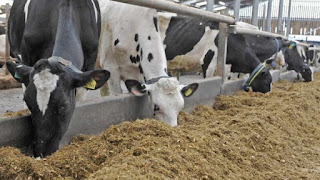The BVC-Mix was specifically designed not only to provide a source of B vitamins but also to provide other ingredients that support the production of essential vitamins in the gastrointestinal tract of the target animals. It is part of the team with 14 or more other players. The players on the team, working together, supply balanced vitamins and minerals to the animals.
Consider Mulder’s Wheel. This mineral wheel shows interactions of 21 minerals out of a total of 118 that have been identified. Any change to one element affects at least two more and each of those affects two more, etc. Deficiencies or excesses of some elements alter the availability of other elements. These are individualized with regard to what the animals eat on a daily basis and further modified by individual variations in daily requirements of each separate mineral. I doubt even a modern computer could sort it out; but an animal, with the help of a team of minerals and vitamins, can make the adjustment to its daily requirements.
What would happen if you pulled a couple of key players from a baseball or basketball team?
What would it sound like if you silenced every 12th instrument of a concert orchestra or every 12th singer in the Mormon Tabernacle Choir?
What would happen if you disconnected a couple of spark plugs from a V8 gasoline enine?
What happens to animals when they do not have the 12 or 15 member mineral and vitamin team available to them?








